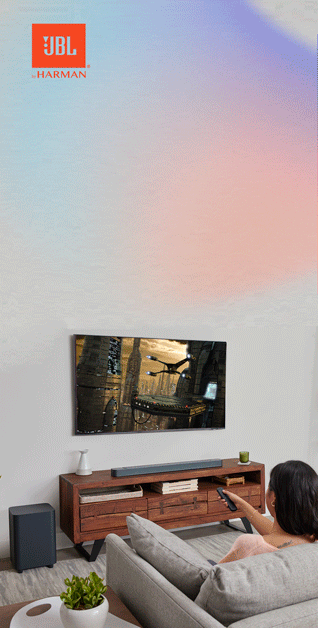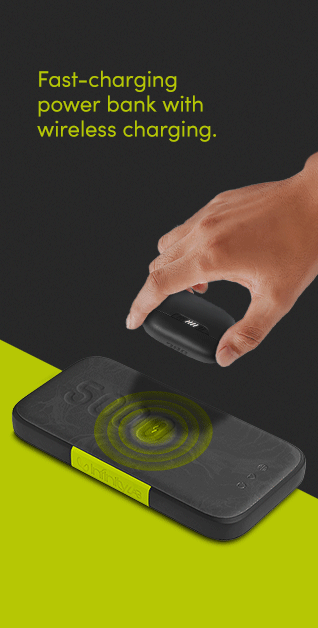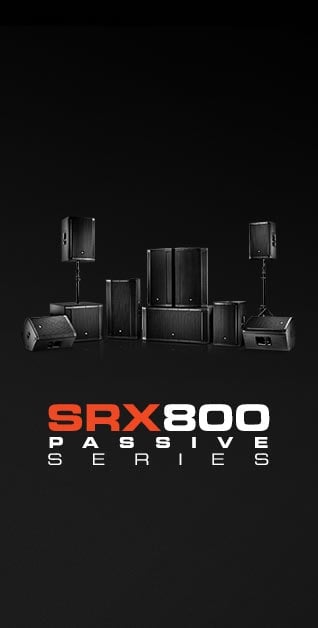Frequently Asked Questions
1. What is the Smart Tracker
With the Smart Tracker you can keep an eye on your favorite items anytime, anywhere. Attach the Smart Finder to your keys, bags or anything else, and find it easily. In addition, the Smart Tracker has useful functions, such as notifying you if your Smart Finder is out of your range.
2. Do these smart trackers all have certificates?
Yes! Our smart trackers have Apple and Google certifications, and you can find our brand on Apple MFI official website.
4. How do I connect my Smart Tracker to my device?
1.Turn on Bluetooth,Wifi Connection
2.Power on the deivce
3.For iOS:Open the "Find My" app,go to the "Items" tab,tap "Add Other Item"
4.For Android:Open the "Google Find Hub" app,tap"Add new device"
5. How long does the battery last on a smart tracker?
The smart tracker, powered by a replaceable CR2032 coin cell battery, promises a life span of about one year; for Find My Tag with rechargeable Li-ion battery , the battery life is 5-6 months
6. What should I do if the battery is dead?
1.Take out the battery and put it back again
2.Replace a new battery -Model no is CR2032
3.Try to reset
7.Is the Smart Tracker water-resistant ?
Yes! The DF010 and DF008 Smart Trackers are IPX5 waterproof.
8.How far can a smart tracker reach before it disconnects?
Smart tracker offer a Bluetooth range of up to 10 to 50 meters in open space. If your item is outside of Bluetooth range, our integration with Apple Find My and Google Find Hub Device networks allows you to leverage other nearby devices within their networks to help locate your lost item, even if it's miles away.
9.Can I pair multiple Smart Tracker to one device?
Yes,you can add multiple trackers to your device and rename them for tracking different items.
10. Will my phone receive a notification if the item is out of Bluetooth range?
Yes,it will. If you haven't received a notification,please ensure that notifications are enabled in the app setting.
11. What if the tracker pairing fails?
1.Check if network connection is normal
2.Ensure Google/Apple account is properly logged in



